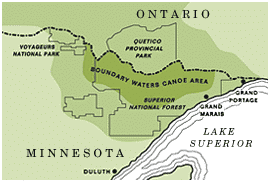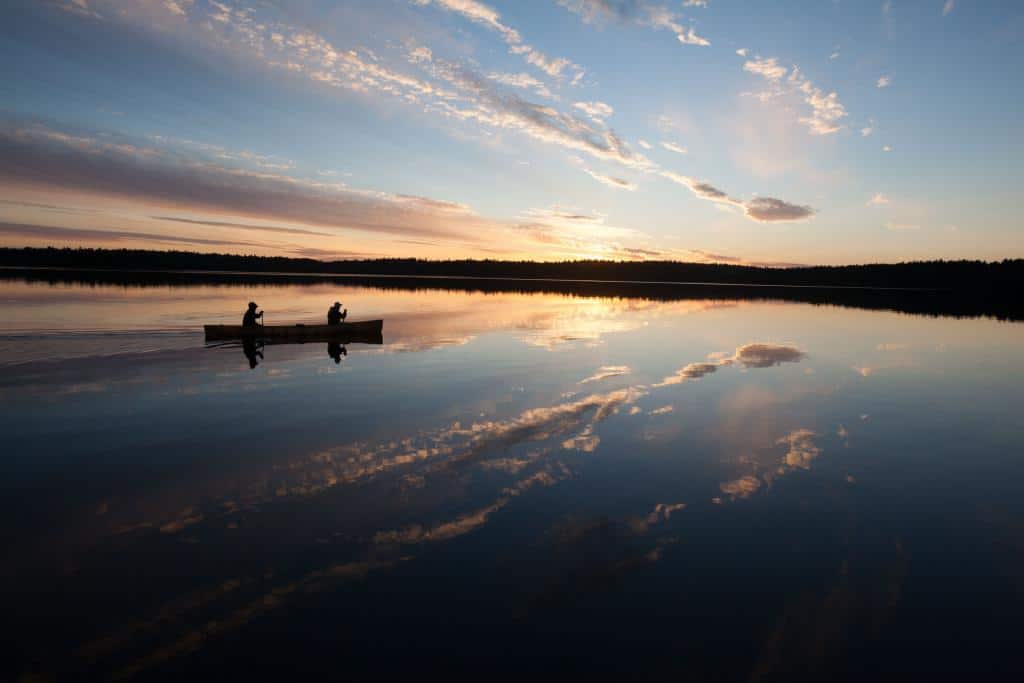
The USFS-Superior National Forest has released its 2024 Permit and Visitor Use Report. While the overall number of visitors has remained steady since the pandemic, the number of visitors increased between May 1 and September 30 last year. This was largely due to a rise in day-use (non-motorized) permit reservations. Off-season visits also grew, though summer continues to draw the most traffic.
Nation’s most visited wilderness
The Boundary Waters Canoe Area Wilderness (BWCAW) in Minnesota remains the most visited wilderness area in the United States. Each year, visitors explore this one-million-acre wilderness, which borders Canada, primarily by canoe. Some lakes allow motorized boats, and about 200 miles of hiking trails attract those who prefer to travel on foot. The area’s boreal forests and water-filled landscape offer solitude and a unique adventure unlike few others.
The USFS–Superior National Forest (USFS) recently released its 2024 Permit and Visitor Use Report, showing that more people visited the BWCAW last year. In 2024, 149,723 people visited the BWCAW, an increase of 2.4% increase from the previous year. The overall total includes both day and overnight visitors traveling by boat or on foot. Most of the growth came from day-use visitors using non-motorized travel such as canoes or kayaks.
Throughout the BWCAW, there are about 80 designated entry points. Each has a daily quota for the number of groups that can enter. Between 2020 and 2022, visitor spikes prompted the USFS to adjust some quotas to reduce environmental impacts and manage high-use areas more effectively.
The overall number of permits obtained hasn’t changed much over the past three years. Last year, visitors secured 26,204 permits. (All graphics courtesy USFS).
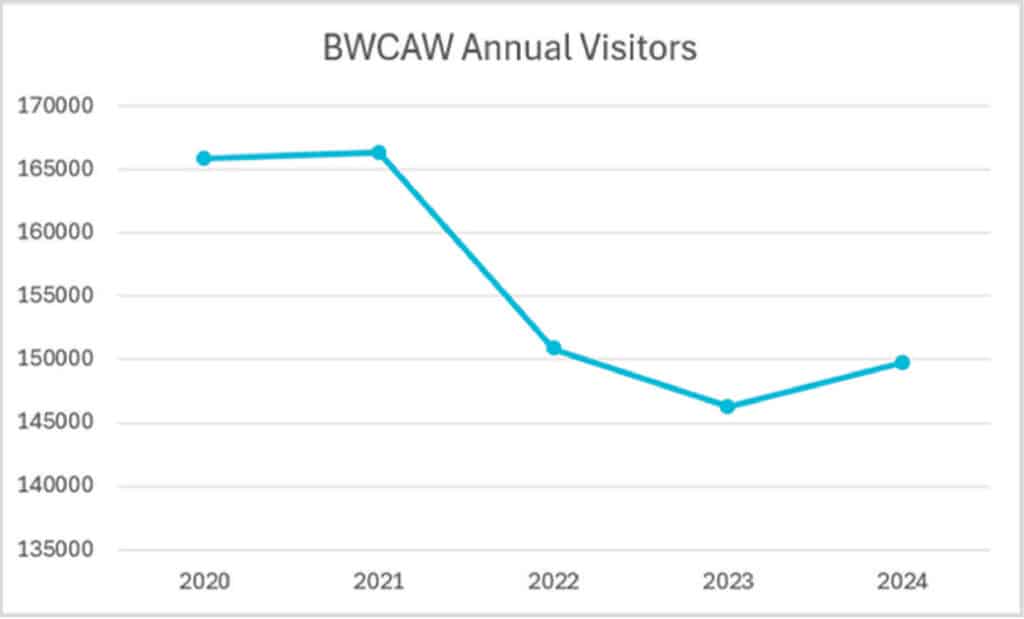
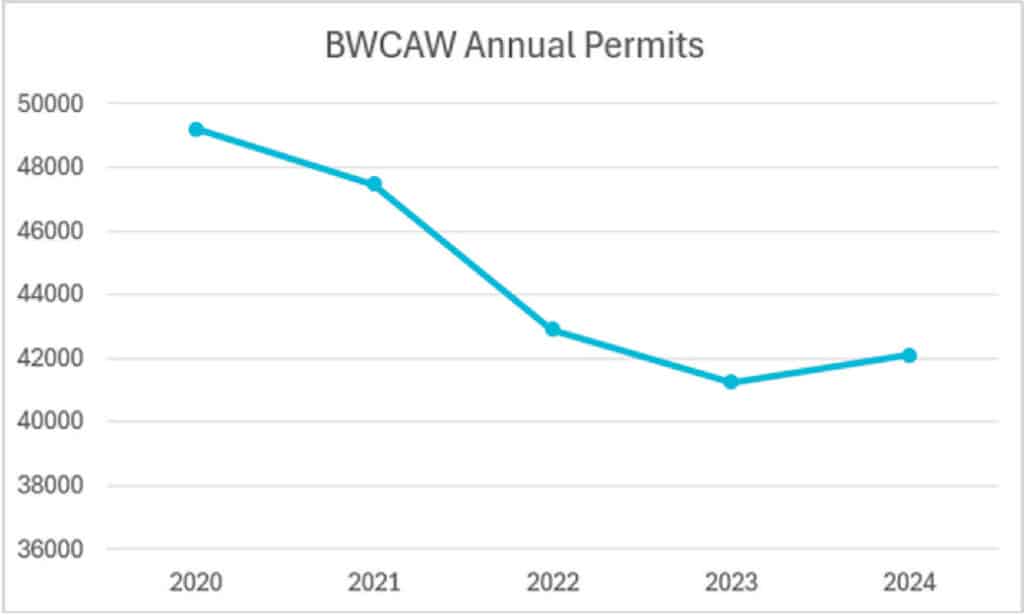
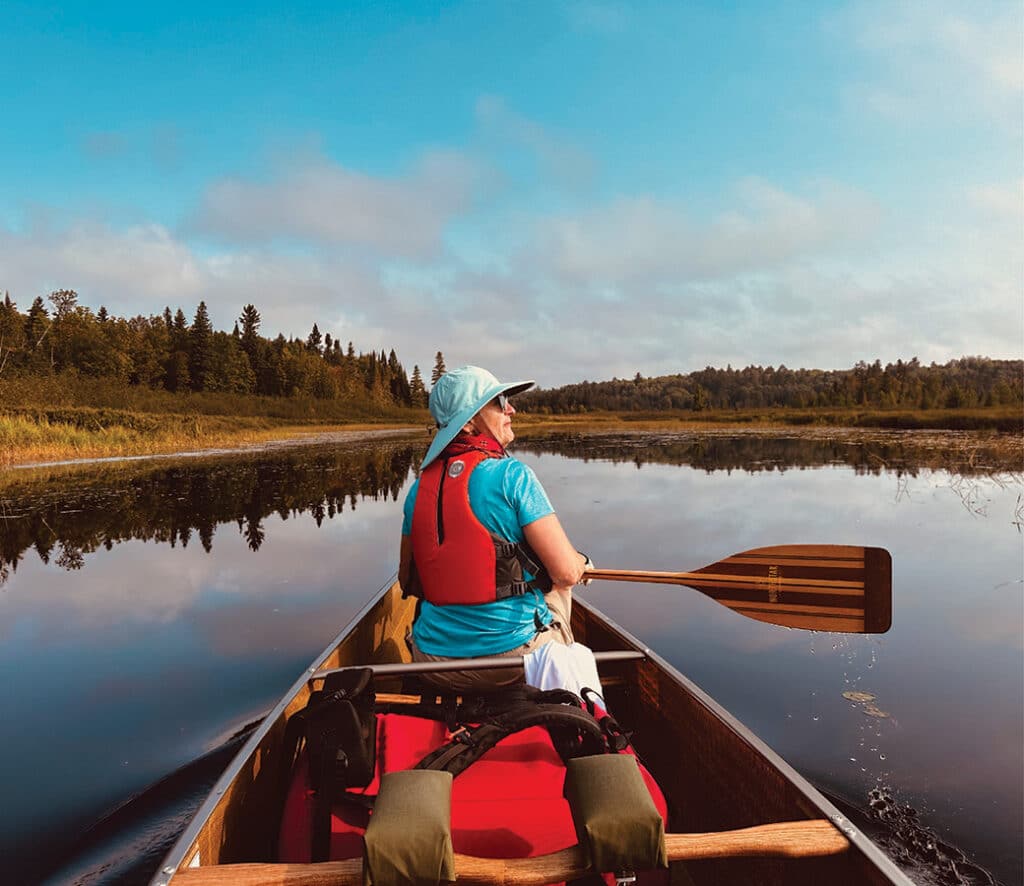
No-shows and cancellations
Permit no-shows continue to remain a concern. In 2024, 3,572 groups failed to show up, including both day and overnight users traveling by canoe, kayak, motorized boat, or on foot. Of these, 95% were booked by permit holders, whereas only 5% came from commercial issue stations. This discrepancy may reflect visitors reserving additional services like lodging when booking through outfitters, making them less likely to cancel. Fortunately, no-show rates have declined since 2022.
Cancellations, on the other hand, have steadily increased over the last five years. In 2024, visitors cancelled 11,244 permits. Most cancellations came from individuals booking their own permits, while only 10% were from commercial issuing stations, like outfitters. Notably, 41% of overnight permits were cancelled 0–4 days before the trip, and half of those occurred on the entry date or the day prior. In those cases, the Forest Service retained the $32 minimum deposit on 1,127 permits, though it refunded other recreation fees.
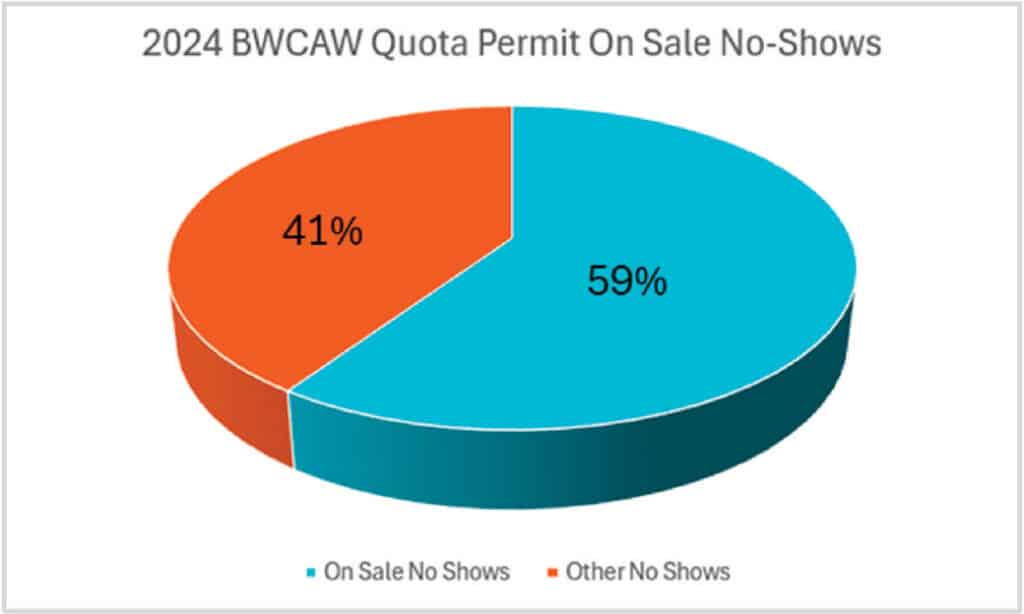
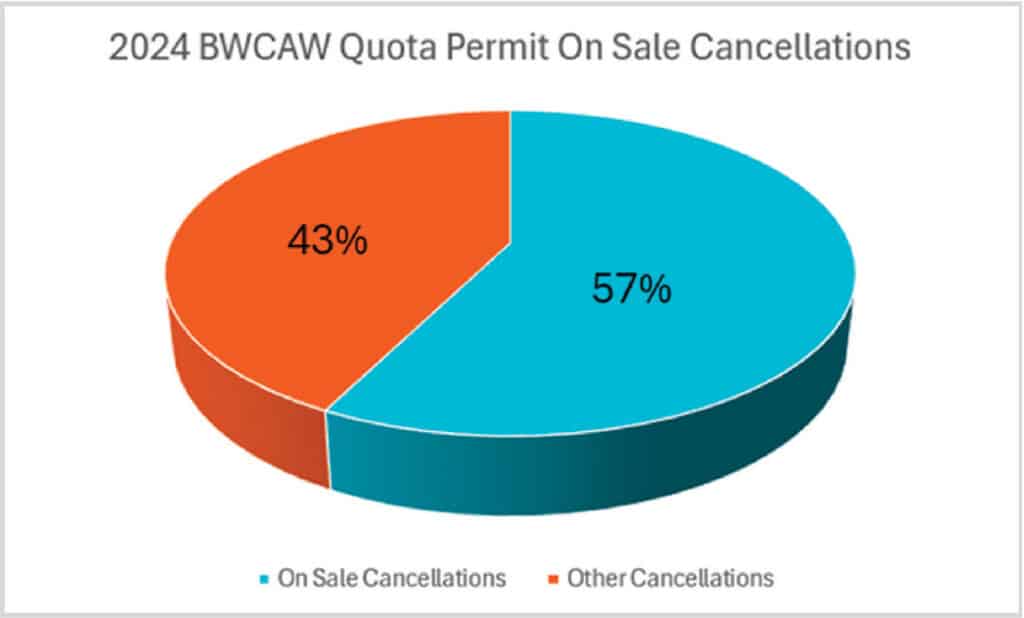
Rising off-season use
People can still enjoy plenty of solitude and beauty in the off-season, but it demands more skills and planning. The report shows that more people are visiting the wilderness outside of the quota season. From October 1 to April 30, visitor use rose from 6.8% in 2020 to 7.3% in 2024. This increase may stem from growing interest in winter camping as well as the ease of obtaining off-season permits.
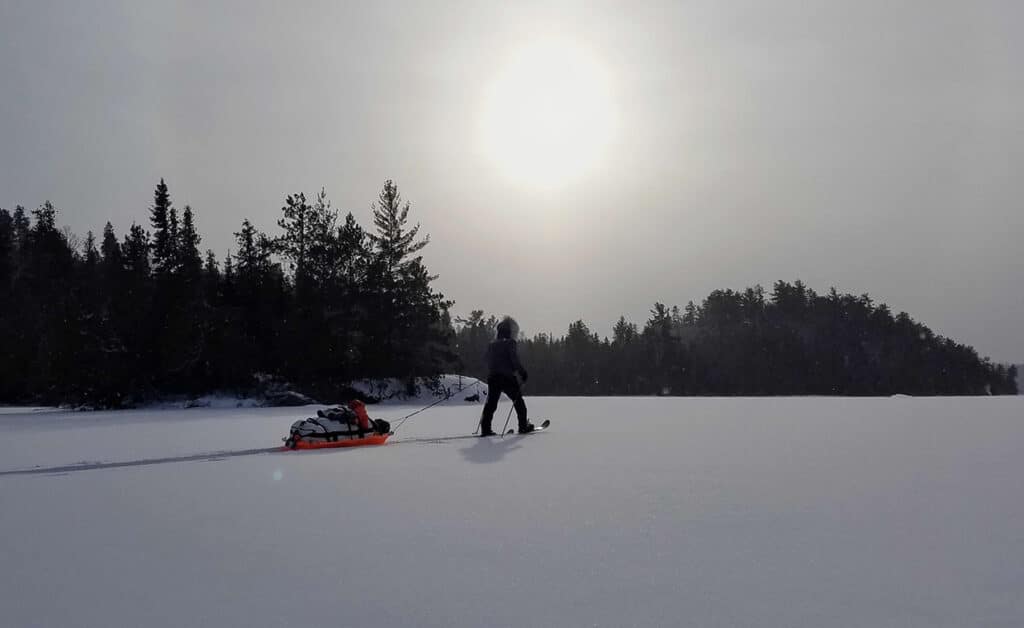
Permits go on sale every January
Permits for the quota season (May 1–September 30) become available on the last Wednesday of each January and remain on sale through the end of September. Online reservations continue to dominate, and demand on opening day has more than doubled in the past five years. In 2024, 57% of all cancellations, along with 59% of no-shows, came from permits reserved on opening day. This suggests that many people continue to overbook before finalizing their summer plans. The agency has not yet said what percentage of cancelled permits are rebooked by another party.
Most people reserve their permits online, with only a small number using outfitters or issuing stations, and even fewer reserving by phone. As a result, the Forest Service urges visitors to reserve only the permits they intend to use. Doing so allows for better trip planning and allows others to enjoy the wilderness.
Who visits the most?
According to the report, adults between the ages of 18 and 62 make up most BWCAW visitors. This is followed by youth and kids under 17. While rules allow groups of up to nine people and four canoes, stats show that most parties consist of four individuals.
Permits are required year-round for all visitors. This system helps the USFS protect natural resources and preserve a quality wilderness experience. Visitors can obtain permits online or by contacting an issuing station.
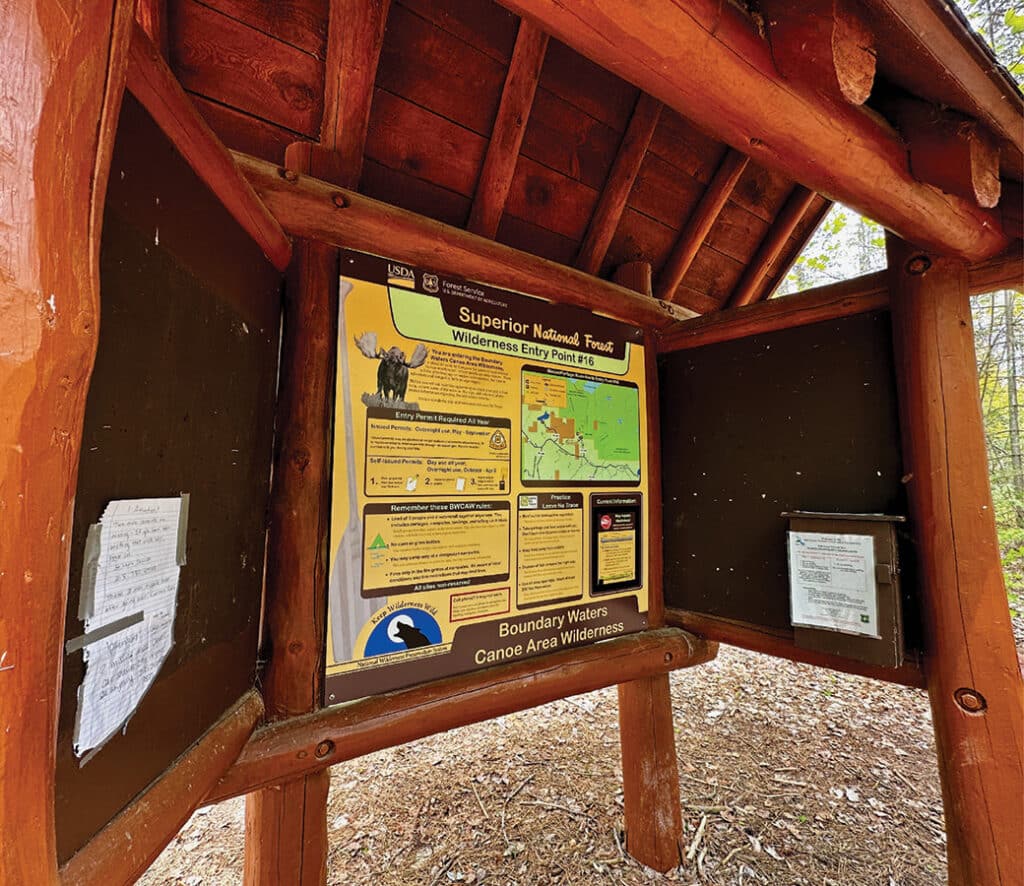
More info:
- 2024 BWCAW Permit and Visitor Use Report – USFS-Superior National Forest
- Boundary Waters Canoe Area Wilderness – USFS-Superior National Forest

